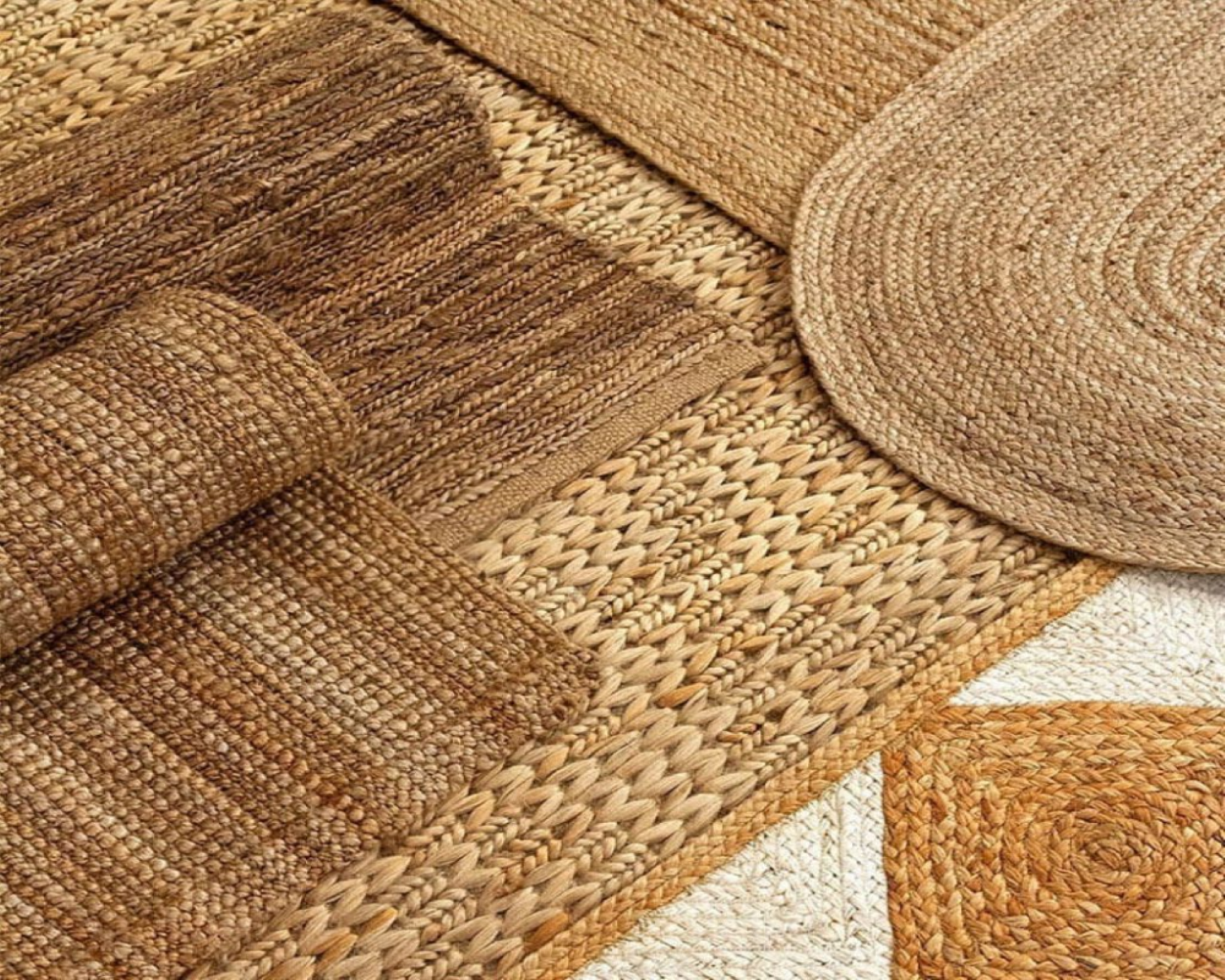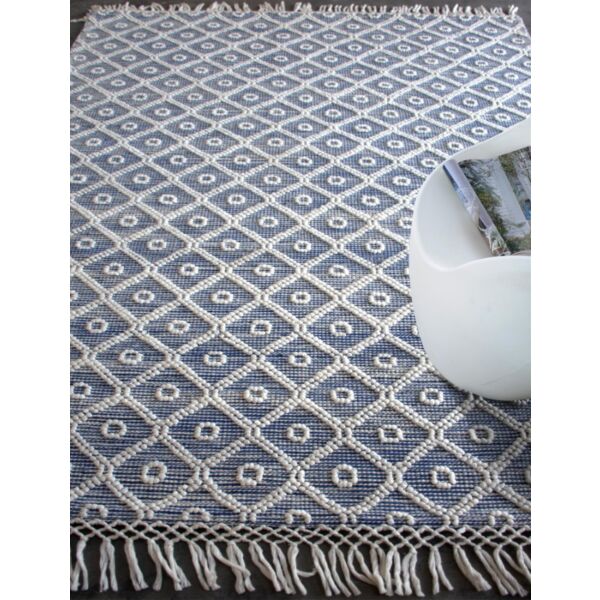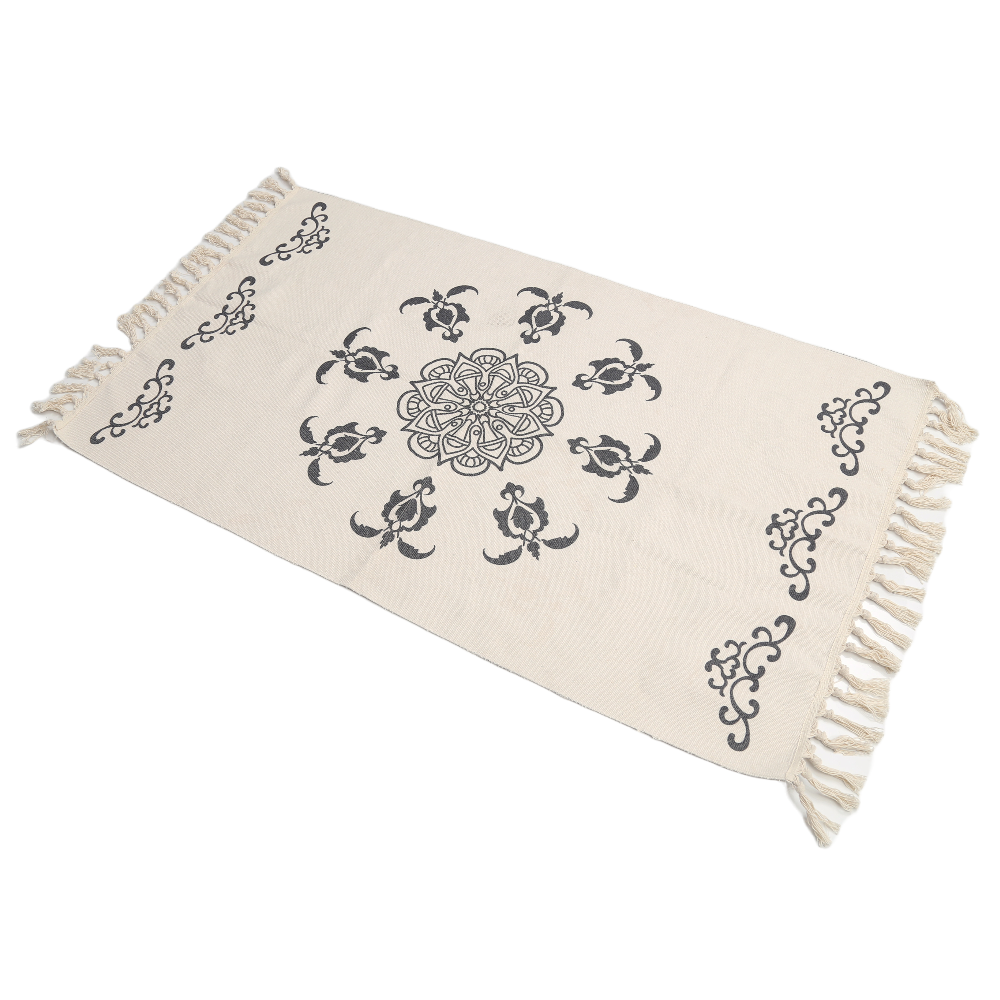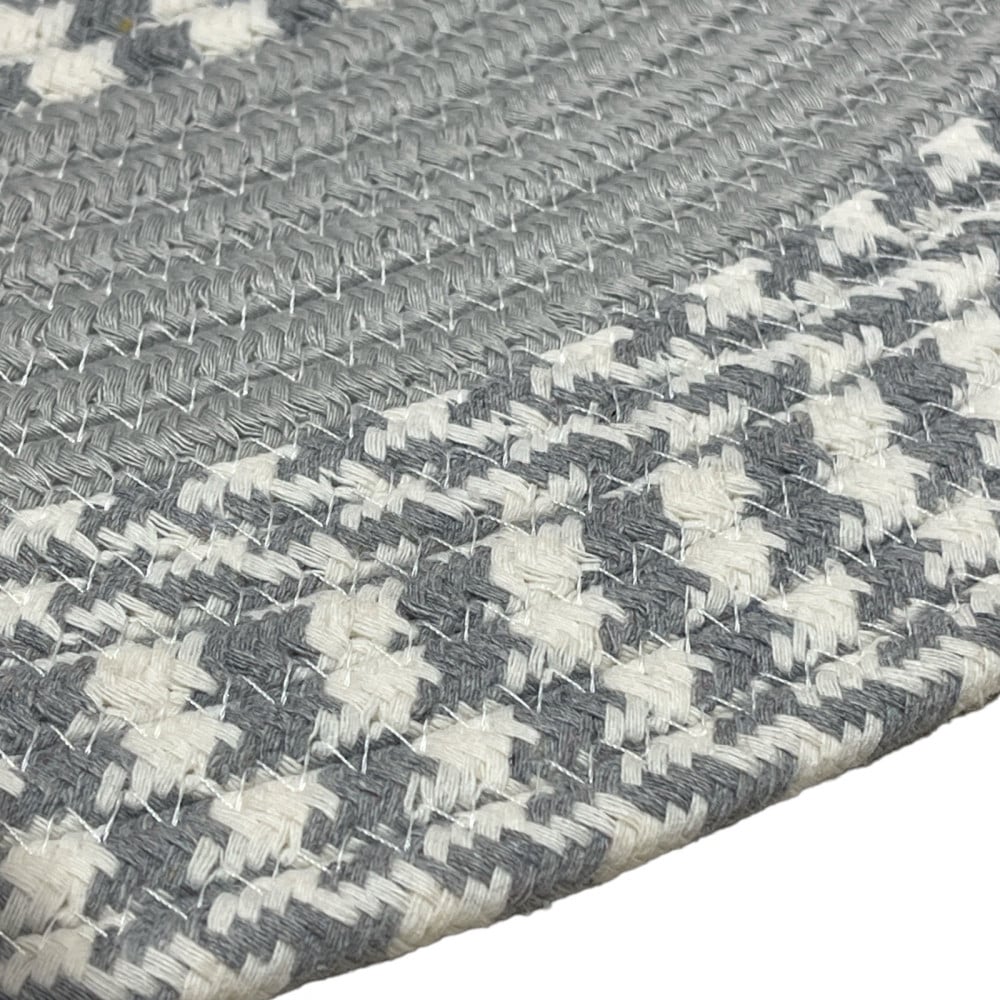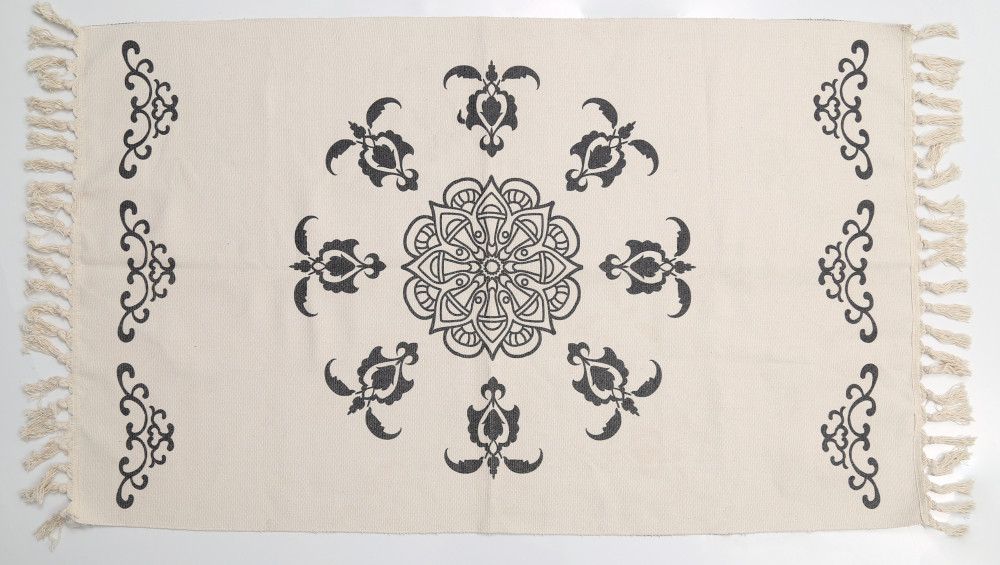
كول لايف سجادة قابلة للغسل 3 قدم × 5 قدم، سجاد مطبخ عصري منسوج، سجادة قطنية مضفرة بلون بيج داكن وكريمي، سجادة باب داخلية للمدخل وغرفة المعيشة والحضانة وغرفة الغسيل : Amazon.ae: المنزل والمطبخ

قطعة واحدة من سجاد المطبخ المنسوج يدويًا مع شرابة، سجاد بوهيمي هندسي للمطبخ وغرفة المعيشة وغرفة النوم وغرفة الغسيل والمستلزمات الفنية للديكور وغرفة الديكور المنزلي | وفر أكثر مع عروض التصفية

تسوق اونلاين سجاد أنيق منسوج يدويا مزخرف بالزهور - لون بيج وأسود من برافو في جدة الدمام والرياض أفضل الأسعار✓ تسوق آمن ✓ شحن سريع ✓ الدفع عند الاستلام - مراكز برافو الدوليه
تسوق سجادة من Vince Rosso مقاس 290 × 230 سم ، سجادة مصممة منزليًا لغرفة النوم وغرفة الطعام والمكتب ، ديكور منطقة منسوجات ناعمة غير قابلة للانزلاق أون لاين - كارفور الإمارات
تسوق سجادة من Vince Rosso مقاس 290 × 230 سم ، سجادة مصممة منزليًا لغرفة النوم وغرفة الطعام والمكتب ، ديكور منطقة منسوجات ناعمة غير قابلة للانزلاق أون لاين - كارفور الإمارات

سجاد بوهو لغرفة المعيشة، سجاد صغير منسوج من القطن بشراشيب 2 قدم × 3 قدم، سجادة ديكور بوهيمية عتيقة، سجاد ارضية قابل للغسل للمطبخ والحمام وغرفة النوم وغرفة الغسيل والمدخل الداخلي (H) :

سجاد سجاد ياباني منسوج موجة منقوشة سلس نمط السجاد المعيشة تقليدي، غير منزلق، غرفة النوم، غرفة المعيشة ديكور لينة داخلي حديث (63 بوصة × 94 بوصة) : Amazon.ae: المنزل والمطبخ

سوبيريور سجادة ارضية من مجموعة ستراتون، ارتفاع الوبر 8 ملم مع ظهر من الجوت، تصميم سجادة اوبوسون الفرنسية التقليدية، سجاد منسوج عصري وبأسعار معقولة - 2 قدم 7 انش × 8 قدم : Amazon.ae: المنزل والمطبخ

أشتري السجاد النسج المسطح و سجاد دهوري ( المنسوج السميك المسطح ) الهندي أون لاين - سجاد جايبور بالأمارات العربية المتحده

قطعة واحدة من سجاد المنطقة المنسوجة التجريدية، سجاد خارجي متعثر مضاد للانزلاق للفناء، سجاد منسوج فاخر قابل للغسل للمركبات الترفيهية والشرفة والسطح والتخييم والشرفة والفناء الخلفي وسجادة ناعمة قابلة للطي لغرفة المعيشة

سجاد منسوج يدويا من الصوف الناعم من بلاد القوقاز المرجع: A-5156 المقاس: 350 ب 156 سنتمتر Caucasian hand knotted woolen carpet Ref:… | Instagram


